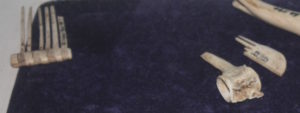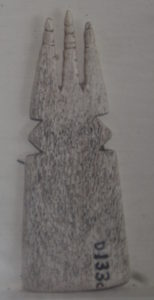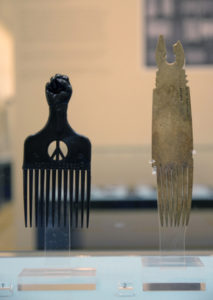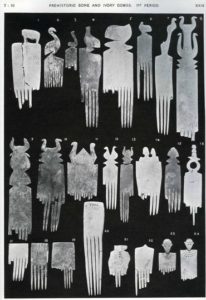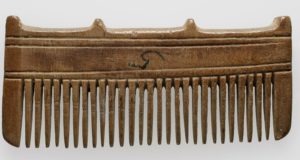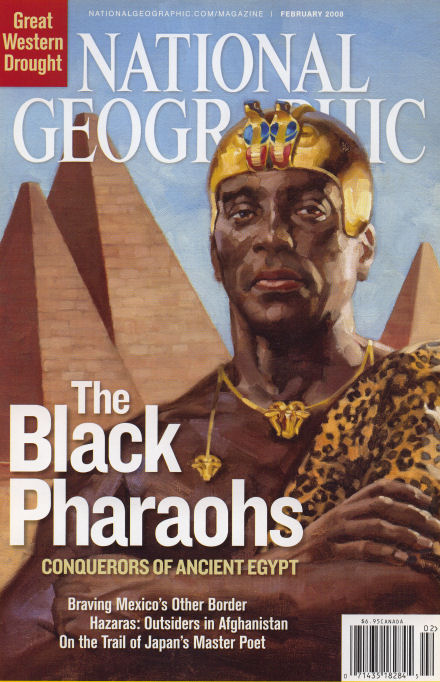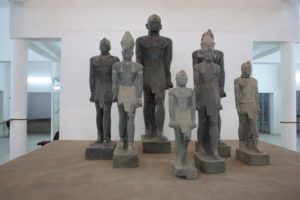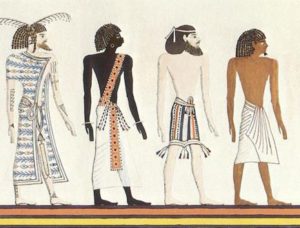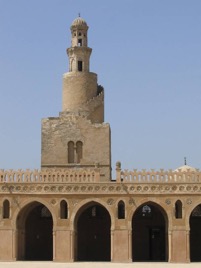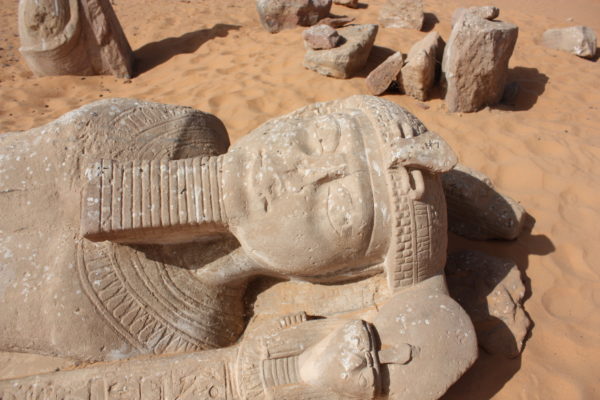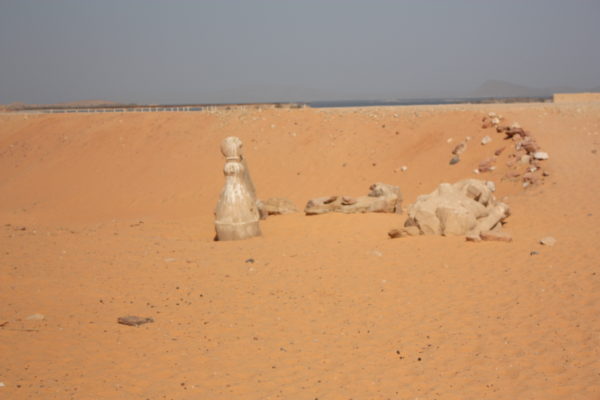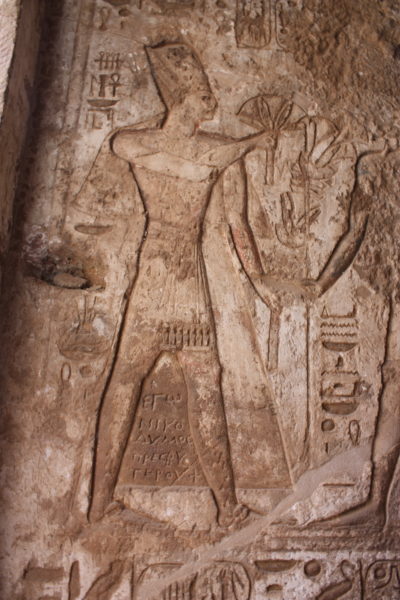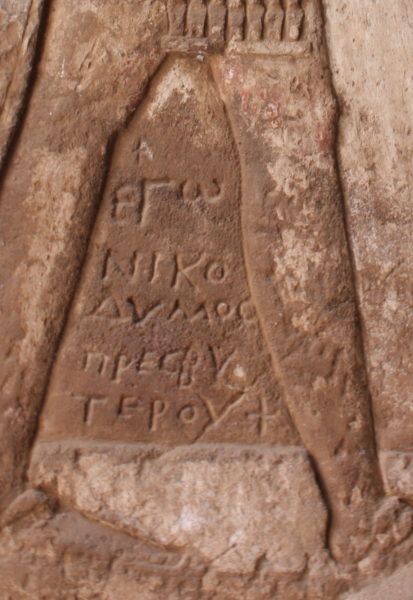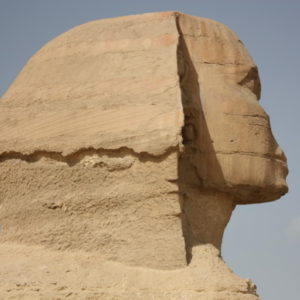Egypt in Africa at the British Museum
I recently had a couple of hours to kill and so decided to go and look again at the galleries that are curated by the Department of Ancient Egypt and Sudan at the British Museum. I was interested to look in more detail at the ways in which the museum differentiated between the ancient peoples of Kemet and Kush. So I headed to Room 65, which is named ‘Sudan, Egypt and Nubia’. The objects in this gallery come mainly from the region now known as Nubia (which incorporates southern Egypt and northern Sudan).
Geography
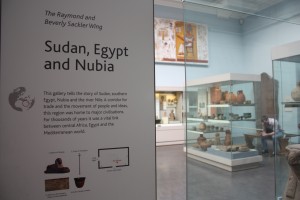
The panel above states the following:
This gallery tells the story of Sudan, southern Egypt, Nubia and the river Nile. A corridor for trade and the movement of people and ideas, this region was home to major civilisations. For thousands of years it was a vital link between central Africa, Egypt and the Mediterranean world.
This is the only gallery that houses material from BCE (Before Common Era) Egypt in the museum that mentions Africa. The introductory panel above very firmly associates Egypt with the Mediterranean world rather than situating it within its own continent. In fact the ‘borders’ between Kemet and Kush were not fixed in antiquity and the two regions shared much in common.
A second panel also refers to the role of the region of Nubia within Africa, but again in doing so it also ‘removes’ Egypt and Nubia from central Africa with the following statement:
The unique position of Nubia as the only reliable land route between Egypt and the African interior made it a region of great economic importance…
People

The painting above depicts people from Kush, who are bringing offerings to King of Kemet. It is used in Gallery 65 to show people how ‘Nubians’ were depicted by Egyptian artists. The accompanying information panel states the following:
The ancient Nubians shared a broadly common ethnic background with the Egyptians, but their physical characteristics showed variations of skin colour, physiognomy, and skeletal proportion… In Egyptian art Nubians can easily be recognised by their dark skin, feathers worn in the hair, large earrings and leopard-skin kilts…
In actual fact some depictions of the people from Kush show them with the same skin colour as Kemites. An example of this can be seen on the relief above; if you look carefully behind the second man from the left is another worshipper, who has the same skin tone that was used by Egyptian artists to depict their own people. I showed another example of this in an earlier post. Thus, not all depictions of people from Kush show them with ‘black’ skin. Like the people from Kemet their skin tones vary.
Kemet
Historically, Egyptology has differentiated between ancient representations of people who meet an oversimplified test of whether they conform to being a ‘True African’. This fails to recognise the variety of skin tones, hair types and physical features that are found among indigenous African people today. Nowhere in the galleries at the British Museum is there any attempt to situate Egypt within an African context; the only exception is the small gallery on Egyptian Coptic culture, which also displays material from the Ethiopian church. The museum houses large collections of material from many African cultures and yet these collections are never displayed together.
Ancient Egypt is included among African civilisations on the museum’s webpages that contain education resources. In the teachers’ notes it states the following:
… Ancient Egypt is generally studied under the heading of ‘great Mediterranean civilisations’ and is often forgotten that it is equally a part of the history of Africa. Much of its trade, history, wars, politics and ethnicity are bound up with the continent, and it has every right to be considered African- a powerful counter argument to those who try to belittle the cultural and technological achievements of African civilisations…
Although the statement still does not fully place the ancient culture within its rightful continent it goes further than the gallery information panels in recognising that Ancient Egypt and the Ancient Egyptians were African.



